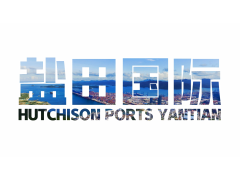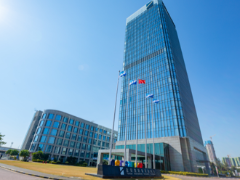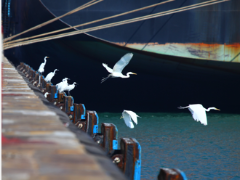Vessel for World’s Longest Transoceanic Shipment of Liquid Hydrogen Arrives at YANTIAN
A
A
A
缩小
加大
更大
On October 22, the vessel carrying the world’s first long-distance transoceanic shipment of liquid hydrogen successfully arrived at Yantian after traversing over 10,000 nautical miles from Europe. This landmark achievement was facilitated by the collaborative efforts of various government agencies, customs, frontier inspection, maritime authorities, and other port supervisory authorities. It signifies China’s entry into a new era of global hydrogen energy, transoceanic transport, and industrial innovation.
Hydrogen energy, as a clean and efficient energy carrier, is poised to be a vital part of the future national energy system and is critical to China's shift towards a green and low-carbon economy. Forecasts suggest that by 2060, China’s hydrogen energy industry will reach a value of CNY4.6 trillion. Currently, more than 30 countries are developing hydrogen energy strategies, covering all six continents except Antarctica. According to China Energy News, hydrogen energy is expected to help high-emission industries cut carbon dioxide emissions by 80 billion tonnes over the next 30 years.
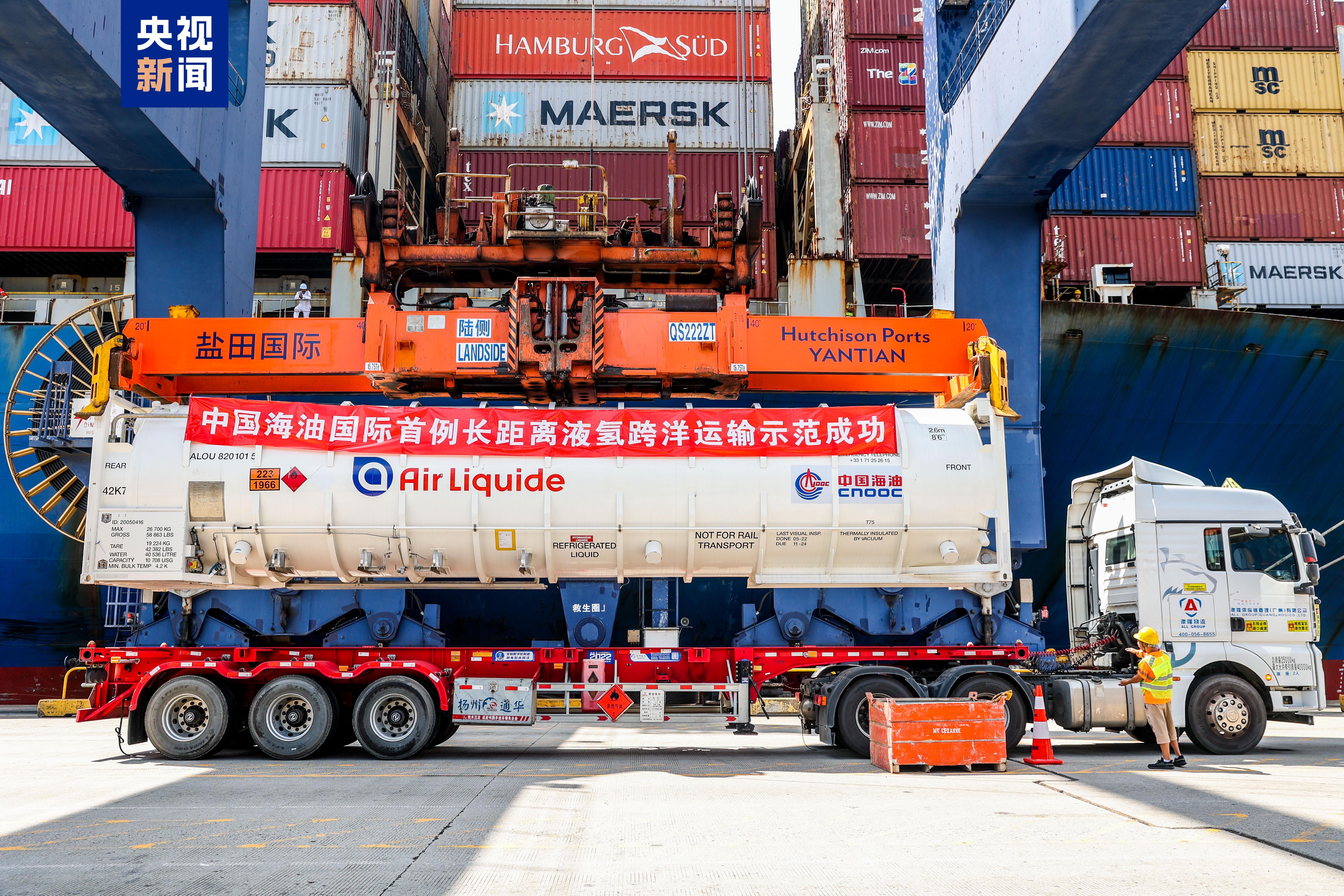
The demonstration project utilises International Organization for Standardization (ISO) standard containers with secondary insulation using liquid nitrogen for transporting liquid hydrogen. This shipment employed a combination of sea and container transport, departing from Europe and crossing the Atlantic Ocean, Cape of Good Hope, Indian Ocean, Strait of Malacca, and Pacific Ocean, ultimately arriving at YANTIAN in Shenzhen. To ensure efficient customs clearance and safe unloading of the liquid hydrogen, the YANTIAN team collaborated closely with government at all levels, customs, border control, maritime authorities, and other relevant port authorities. They conducted comprehensive research on various aspects of the liquid hydrogen long-distance transoceanic transport supply chain, including methods, equipment technology, security protocols, and international policies and regulations. These efforts ensured safety and efficiency at every stage of the process, successfully addressing the technical challenges associated with unloading liquid hydrogen, classified as Class 2.1 hazardous materials, directly at the port. This facilitated the successful completion of the world’s longest transoceanic transport of liquid hydrogen.
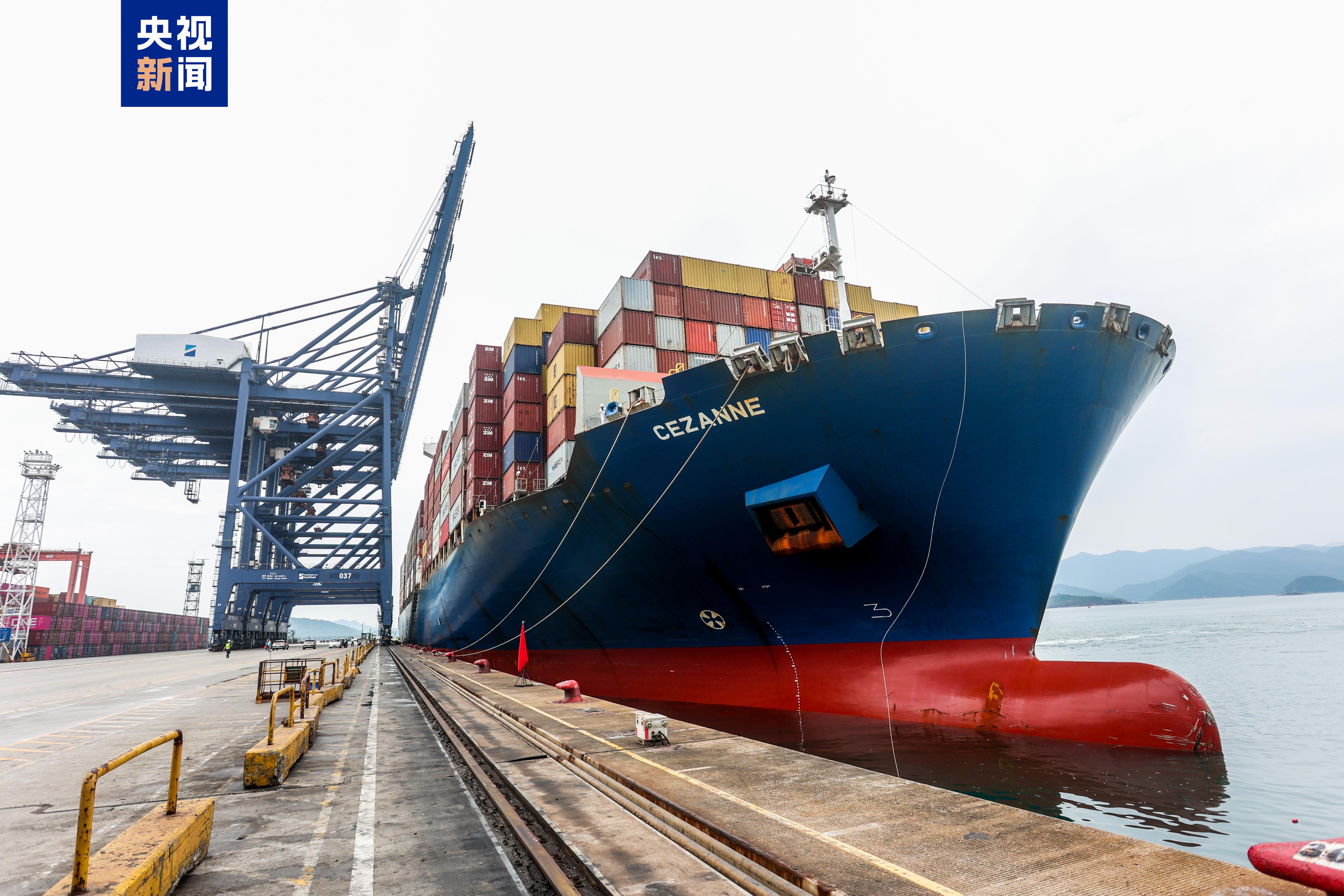
In the future, YANTIAN will continue to enhance port digitalisation, intelligence, and sustainability, embracing new quality productive forces to establish a higher-level international shipping hub. We are committed to making significant contributions towards "building green ports and safeguarding blue skies and clear waters."
Source: China National Offshore Oil Corporation, China Energy News, CCTV News

